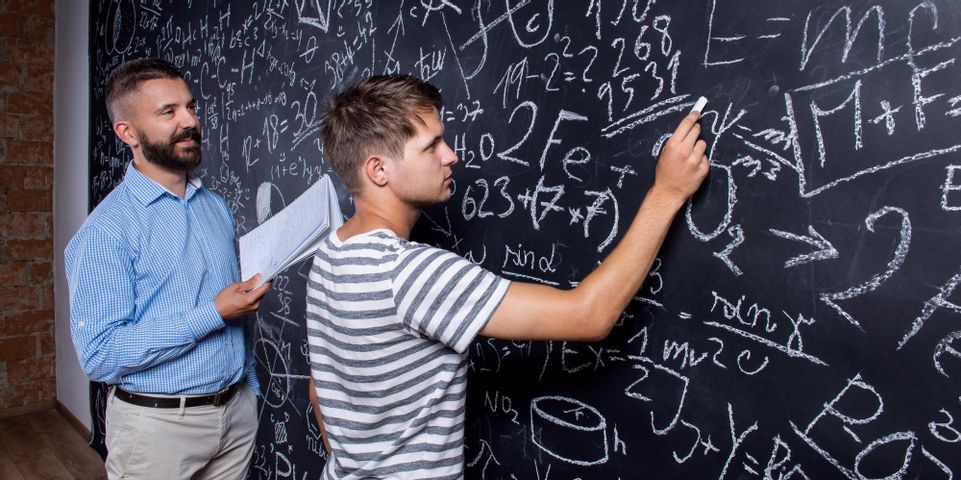
Geometry deals with an object’s size and shape, points, lines, and spatial relationships. It comes from the Greek terms geo, meaning earth, and metria, meaning measure. Geometry tutors and teachers focus on this topic heavily. You may not notice it, but it is embedded in the things that surround you each day, from nature to art and architecture. Below is a brief summary of how geometry got its start and how it was developed.
How Was Modern Geometry Born?
Ancient civilizations had long leveraged practical geometry to solve their problems. The Egyptians, for instance, used it to measure cultivated land for tax purposes, as well as to build their pyramids.
But the principles of modern geometry traces its roots to the early Greeks. The Greek philosopher Thales of Miletus is said to have discovered five geometric theorems, one of which is that “the angle inscribed inside a semicircle is a right angle.” This is a concept that is widely taught in classrooms and by math tutors today.
Around 300 BC, the Greek mathematician Euclid of Alexandria wrote The Elements. His 13-book treatise, which partly drew from the works of earlier scholars, became the foundation of modern geometry. The Elements covered plane geometry, ratios and proportions, number theory, incommensurable lines and areas, and three-dimensional figures.
What Were Other Key Developments in Modern Geometry?
 After Euclid, there were other mathematicians who made important contributions to modern geometry. Among them are the following:
After Euclid, there were other mathematicians who made important contributions to modern geometry. Among them are the following:
-
Greek mathematician Archimedes of Syracuse (287 BC - 212 or 211 BCE) created nine extant treatises, including Measurement of the Circle and On Conoids and Spheroids. On the Sphere and Cylinder contains his discovery that “the volume of a sphere is equal to ⅔ of the cylinder in which it is inscribed.”
-
French mathematician Rene Descartes (1596-1650) invented analytic geometry. Also known as coordinate geometry, it involves working out geometric problems through algebra and vice versa.
-
Carl Friedrich Gauss in Germany (1777–1855), Janós Bolyai in Hungary (1802-1860), and Nicolai Ivanovich Lobachevski in Russia (1792-1856) discovered non-Euclidean geometries.
-
Polish-born French American mathematician Benoit Mandelbrot (1924-2010), who is considered the father of fractals, published the book The Fractal Geometry of Nature in 1982. Fractals include irregular geometric shapes and are often seen in nature, like coastlines, snowflakes, mountains, and tree barks. Fractals have been applied in many other fields, including the stock market, computer science, and astronomy.
Mathnasium in Avon, CT, believes that with the right tools and a positive environment, anyone can be successful in math. Their instructors, including their geometry tutors, use the Mathnasium Method™, which combines visual, mental, verbal, and tactile exercises to make math more engaging and exciting for students. Find out more about this math learning center’s kids’ math program by visiting their website. Call (860) 506-5557 to inquire about their algebra, precalc, or geometry tutors.
About the Business
Have a question? Ask the experts!
Send your question

